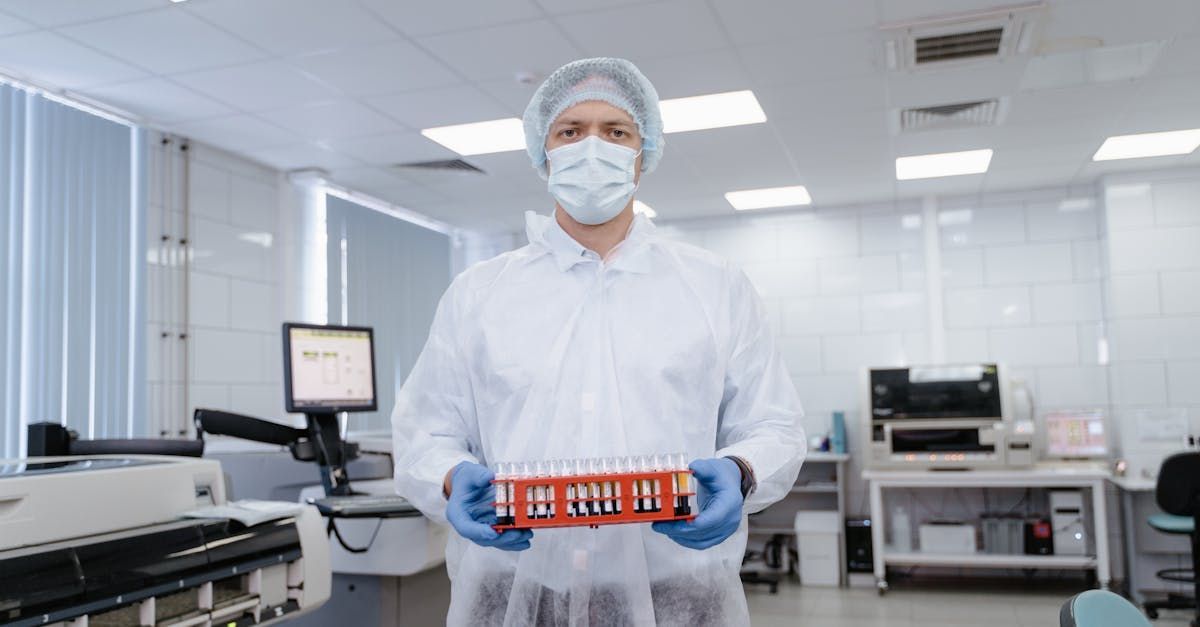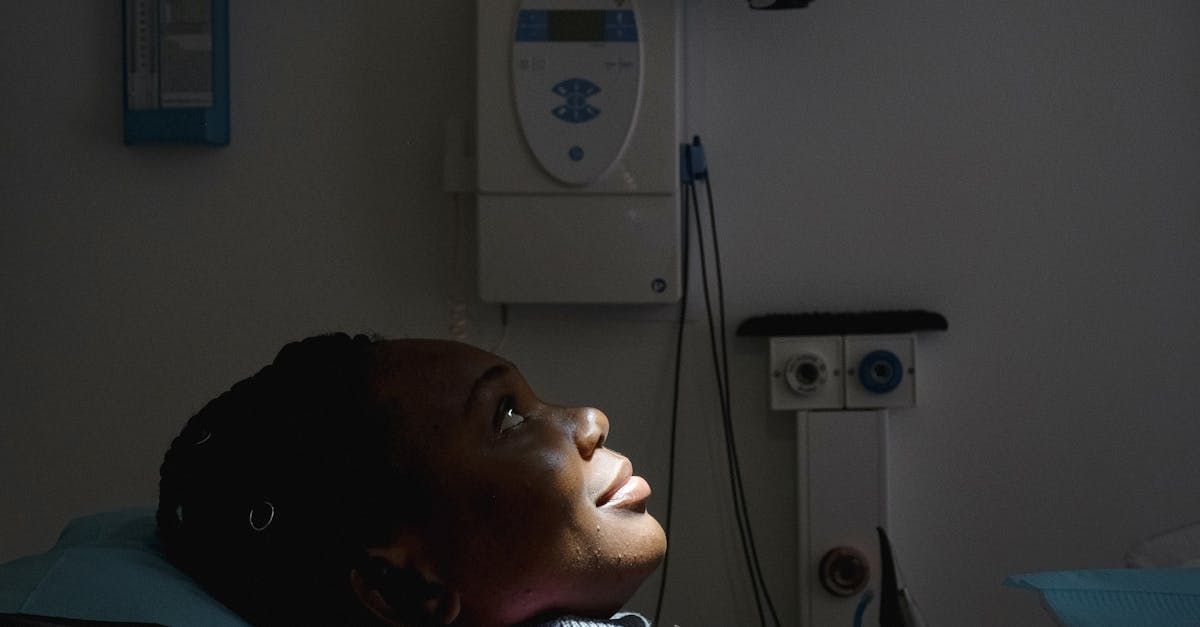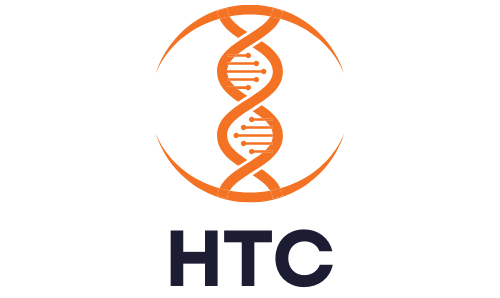The Future of HealthTech Wearables: Market Trends and Insights
The wearable technology market has experienced rapid growth over the past decade, transforming from simple fitness trackers to sophisticated devices capable of monitoring a wide range of health parameters. Wearables have become an integral part of the HealthTech landscape, offering significant benefits for both healthcare providers and patients. These devices are now pivotal in monitoring health, managing chronic diseases, and encouraging healthier lifestyles. The purpose of this blog is to explore the future of HealthTech wearables, examining current market trends, technological advancements, and the potential impact on healthcare.
HealthTech wearables are electronic devices designed to be worn on the body, which monitor and track health-related data. These devices include smartwatches, fitness trackers, biosensors, and smart clothing. The primary aim of these wearables is to collect health data in real-time, providing valuable insights into a user’s physical state and facilitating better health management.
HealthTech wearables incorporate several key technologies:
- Sensors: Various types of sensors, including accelerometers, gyroscopes, heart rate monitors, and electrodermal activity sensors, gather data about the body’s movements, physiological states, and environmental interactions.
- Internet of Things (IoT): IoT connectivity allows wearables to communicate with other devices and systems, enabling seamless data transfer and integration into broader health monitoring systems.
- Artificial Intelligence (AI): AI algorithms process and analyze the vast amounts of data collected by wearables, providing insights and predictive analytics that can guide health interventions.
Wearables are being used in numerous healthcare applications, including:
- Chronic Disease Management: Devices like continuous glucose monitors help manage conditions such as diabetes by providing real-time glucose readings.
- Cardiac Monitoring: Wearables like ECG monitors detect irregular heart rhythms, potentially preventing severe cardiac events.
- Fitness and Wellness: Fitness trackers monitor physical activity, sleep patterns, and other health metrics, encouraging users to adopt healthier lifestyles.
Benefits of HealthTech Wearables
HealthTech wearables offer continuous monitoring, which provides a comprehensive view of a patient’s health over time. This real-time data allows for early detection of health issues, timely interventions, and more personalized treatment plans, ultimately improving patient outcomes.
Wearables empower users by providing them with direct access to their health data. This transparency encourages individuals to take an active role in managing their health, fostering greater awareness and proactive health behaviors.
By facilitating early detection and ongoing management of health conditions, wearables can reduce the need for costly emergency interventions and hospitalizations. This not only saves healthcare costs but also optimizes resource use, allowing healthcare systems to focus on more critical cases.
Case Studies of HealthTech Wearable Solutions
Notable Labs is at the forefront of integrating advanced wearable technologies into the realm of precision medicine, demonstrating the significant potential for innovation in HealthTech. By harnessing cutting-edge genetic and molecular analyses, Notable Labs collaborates with healthcare providers and insurers to pioneer wearable solutions that not only enhance patient monitoring but also enable highly personalized treatment regimens.
Wearable technology is revolutionizing the way health data is collected and analyzed, and Notable Labs is leveraging these advancements to drive better patient outcomes. Their wearable solutions are designed to provide continuous, real-time health monitoring, offering critical insights that can lead to timely interventions and more effective management of chronic conditions. By integrating these technologies into everyday healthcare, Notable Labs ensures that precision medicine treatments are both accessible and affordable for all patients.
A cornerstone of Notable Labs’ approach is their unwavering commitment to evidence-based practices and robust clinical data. This commitment supports the development of reimbursement policies that recognize the immense value and cost-effectiveness of precision medicine enhanced by wearable technology. Through meticulous research and collaboration, Notable Labs is setting a new standard for how cutting-edge medical advancements are incorporated into daily healthcare practices.
As a leader in the field, Notable Labs is paving the way for a future where personalized healthcare is not just a concept but a reality. Their innovative use of HealthTech wearables exemplifies the transformative potential of this technology, ensuring that each patient receives the most effective, individualized treatment possible. This forward-thinking approach not only improves health outcomes but also promotes a more proactive and preventative model of care, ultimately reducing healthcare costs and enhancing the quality of life for patients.
By staying at the vanguard of HealthTech wearables, Notable Labs demonstrates how these devices can be seamlessly integrated into the healthcare ecosystem. Their pioneering efforts highlight the significant market trends and insights in HealthTech wearables, showcasing the opportunities for further advancements and investments in this rapidly evolving field. As the healthcare landscape continues to embrace digital transformation, Notable Labs stands as a testament to the profound impact of wearable technology on the future of medicine.
Detailed Analysis of Notable HealthTech Wearable Solutions
Several HealthTech wearable solutions have made significant impacts on healthcare:
- Apple Watch: Known for its advanced health monitoring features, the Apple Watch includes an ECG app, fall detection, and a blood oxygen sensor. It has been credited with saving lives by alerting users to serious heart conditions.
- Fitbit: Originally a fitness tracker, Fitbit has expanded its capabilities to include features such as heart rate monitoring, sleep tracking, and stress management tools. Its devices are widely used for wellness and chronic disease management.
- Dexcom G6: This continuous glucose monitoring system provides real-time glucose readings for diabetes patients, reducing the need for frequent fingersticks and helping to maintain better glucose control.
Examples of Successful Implementations and Their Impact
Wearables have demonstrated their value in various healthcare settings:
- Remote Patient Monitoring: During the COVID-19 pandemic, wearables played a crucial role in monitoring patients remotely, reducing the need for in-person visits and minimizing exposure risks.
- Clinical Trials: Wearables are increasingly used in clinical trials to collect accurate, real-time data on participants, improving the reliability of trial outcomes and reducing costs.
Lessons Learned from These Case Studies
These case studies highlight the importance of user-friendly design, accurate data collection, and reliable connectivity. They also underscore the potential of wearables to transform healthcare by providing continuous, real-time health monitoring and fostering patient engagement.
Challenges and Risks
Despite their benefits, HealthTech wearables face several challenges:
- Data Privacy and Security: The collection and transmission of health data raise significant privacy and security concerns. Ensuring that data is protected against unauthorized access and breaches is paramount.
- Accuracy and Reliability: The accuracy of data collected by wearables can vary, and inaccuracies can lead to misdiagnosis or inappropriate treatment.
- User Compliance: Wearables rely on users to wear and maintain the devices consistently. Ensuring high levels of user compliance is crucial for the effectiveness of these technologies.
Navigating the regulatory landscape for HealthTech wearables can be complex. Devices must meet stringent standards set by regulatory bodies such as the FDA and the European Medicines Agency. Compliance with these regulations is essential to ensure the safety and efficacy of wearables.
To address these challenges, developers and investors in HealthTech wearables should focus on:
- Enhancing Data Security: Implementing robust encryption and secure data storage solutions to protect user data.
- Improving Accuracy: Continuously refining sensor technology and data algorithms to enhance the accuracy and reliability of wearables.
- Ensuring User Engagement: Designing user-friendly devices and providing ongoing support to encourage consistent use.
Investors should look for companies that demonstrate strong innovation, a solid business model, and a clear pathway to regulatory approval. Promising areas for investment include wearable devices for chronic disease management, fitness and wellness, and remote patient monitoring.
Key factors to consider when investing in HealthTech wearables include:
- Market Demand: Assessing the market demand for wearable solutions and the potential for growth.
- Regulatory Landscape: Understanding the regulatory requirements and ensuring the company has a clear strategy for compliance.
- Competitive Landscape: Evaluating the competition and the company’s unique value proposition.
- Technology and Innovation: Assessing the robustness and scalability of the technology.
Long-Term vs. Short-Term Investment Strategies
Investors can adopt different strategies based on their goals:
- Long-Term Investments: Investing in established companies with a track record of innovation and growth potential for long-term returns.
- Short-Term Investments: Identifying emerging startups with disruptive technologies that may offer quick returns through rapid growth or acquisition.
Future Trends and Innovations
Several trends are shaping the future of HealthTech wearables:
- Integration with AI and Machine Learning: The integration of AI and machine learning will enable more sophisticated data analysis, leading to more accurate health predictions and personalized recommendations.
- Advancements in Sensor Technology: Continued advancements in sensor technology will enhance the capabilities of wearables, allowing for more precise and comprehensive health monitoring.
- Expansion of Remote Patient Monitoring: The demand for remote patient monitoring solutions will continue to grow, driven by the need for more accessible and cost-effective healthcare.
Technological advancements will significantly impact the development and adoption of wearables. Improved battery life, miniaturization of sensors, and enhanced connectivity will make wearables more efficient and user-friendly. Additionally, the integration of wearable data with electronic health records (EHRs) will facilitate more coordinated and comprehensive patient care.
Over the next decade, HealthTech wearables are expected to become more ubiquitous and integral to healthcare. Key predictions include:
- Widespread Adoption: Wearables will become a standard tool in healthcare, used by both healthcare providers and patients for continuous health monitoring.
- Personalized Medicine: Wearables will play a crucial role in personalized medicine, providing data that enables tailored treatment plans based on individual health profiles.
- Integration with Healthcare Systems: Wearable data will be seamlessly integrated into healthcare systems, enhancing the coordination of care and improving patient outcomes.
Conclusion
HealthTech wearables have the potential to revolutionize healthcare by providing continuous, real-time health monitoring and empowering patients with personalized health data. While there are challenges to overcome, including data privacy and regulatory compliance, the benefits of wearables make them a valuable investment in the future of healthcare.
The future of HealthTech wearables is bright, with significant advancements expected in the coming years. These devices will become more sophisticated, accurate, and integrated into the broader healthcare ecosystem, ultimately transforming how we monitor and manage health.
Investing in HealthTech wearables offers the opportunity to be part of a transformative movement in healthcare. By supporting innovative wearable technologies, investors can contribute to the development of solutions that improve health outcomes, enhance patient engagement, and make healthcare more efficient and accessible.










